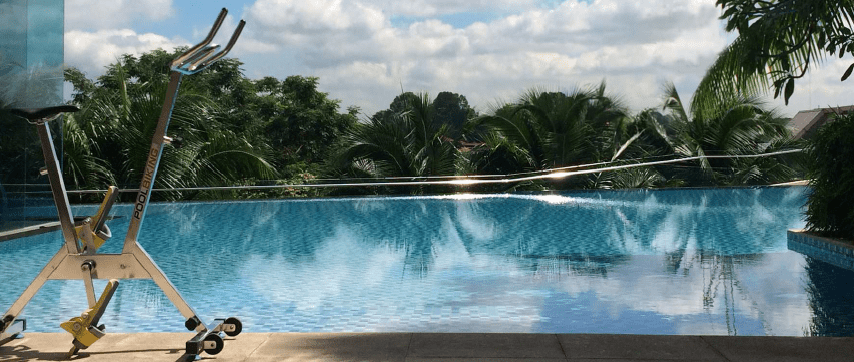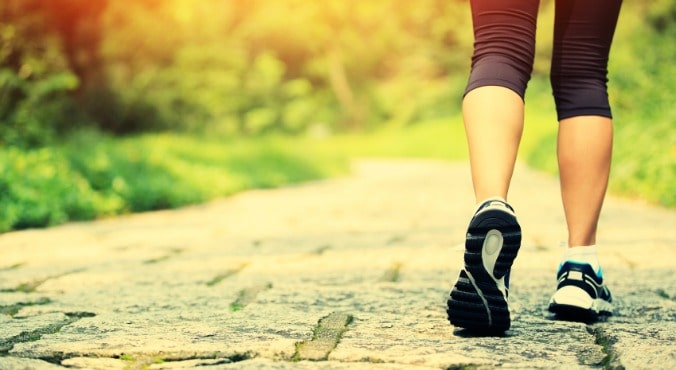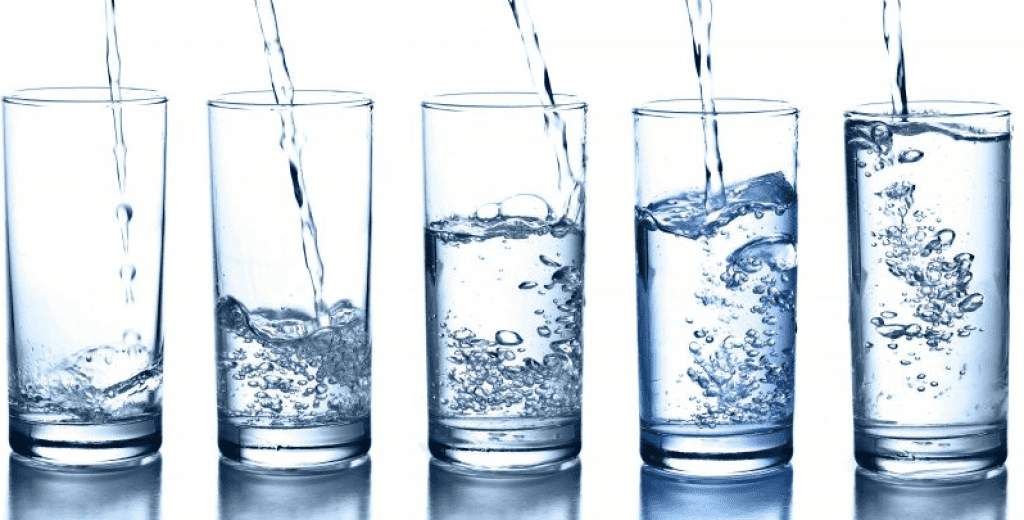Yesterday’s session was great but now you are “sore”. What should you do? Read on to find out how you could be recovering from muscle soreness
First things first. Let’s explain what is muscle soreness:
Muscle soreness is a feeling of mild discomfort when you move after a workout.
For some of us it is a weird satisfaction that goes along with working out. Sure, you can’t sit, walk up stairs, or worse walk downstairs, but hey, you’ve earned it!
A lot of research has been done on muscle soreness but unfortunately, we still don’t know exactly know what it is, or what causes it. So far, the most popular theory is that muscle soreness is caused by “microtrauma”, a small damage that forms tiny tears in muscle fibers when you put your muscles through unusual tension.
There are two types of soreness:
1) Acute Muscle Soreness – This is what you feel during and shortly after a workout a.k.a THE BURN.
2) Delayed Onset Muscle Soreness – (DOMS for those who like anachronisms!) This is the soreness you feel the day after your workout, which can last up to 72 hours (sigh).
You can find all details behind DOMS here, but muscle soreness is your body telling you need to take a break, as your muscles need to repair.
So…Should you just sit on a couch for a day or 2? Not so fast…
First you need to assess if you got injured or if you’re sore. It is pretty different but sometimes it feels almost the same.There difference between muscle soreness (yay) and muscle strain (nay) is hard to feel at first but it will determine if you should workout the following day or not. If working out sore muscles is OK, you should NEVER EVER work a strained muscle, except if you want to get properly injured…If you are reading this too late, visit our partners page to find a list of amazing physios and ostopaths in Singapore.
So how do I differentiate both:
It is all about how MUCH you have torn your muscle fibers during exercise. Muscle soreness happens when your muscle fibers are being torn slightly, (which is the way your muscles adapt to get stronger). A muscle strain would happen if you have torn larger part of your muscle fibers, to much deeper extent.
How exactly would you know how much muscle fiber you have torn?
Simple: DOMS should last maximum 72 hours and should be painful only when you are moving / using those muscles. If you feel sharp pain while not using these muscles and still experience pain in your muscles after a few days or a week, bad news, you strained some muscles.
Now that you know what soreness should feel, if you’re just sore, it doesn’t mean sit back and wait, it means allow your body to recuperate, and use active recovery methods! Here are five things that are safe to do when recovering from muscle soreness:
1. THE RIPPLE CLUB

YES! There are literally NO excuses not to join us for a Ripple Club class!
It is actually an amazing workout to do when you are sore. I would even say it is the perfect recovery session used by athletes around the word. I won’t lie, you will feel an intense burn (even more intense than the usual #fireinthewater), but thanks to the properties of the water and while you are pedaling, your muscles will get an awesome hydromassage, flushing out the acid lactic created by your muscles when you tore them. Hence, you will shorten significantly your soreness time. TA DAH!!! Magic!
2. LOW INTENSITY WORK: EASY WALK – BIKE RIDE

Being sore is not an excuse for lying down all day. Yes your muscles have asked you to take a break on heavy workouts, but it doesn’t mean you shouldn’t move at all. On your sore days, go for a low intensity workout, like bike riding or walking. Weird enough, movement is key to recover from muscle soreness. When you put your body in motion your blood flow will be enhanced, bringing all the goodness needed for your muscles to recover faster.
3. FOAM ROLL (miofascial release)

Foam rolling is quite popular these days and for a good reason.
It is definitively cheaper than a spa treatment and it has pretty much the same effects (OK except the spa like atmosphere!).
Foam rolling after exercising will reduce tensions / tight muscles, increase your blood flow, which will then help to bring oxygen and nutrients to the muscles so they can heal faster. No harm trying right? On top of that you can also get a better range of motion by using those before your workout, that’s a bonus!
4. REST

Don’t get too excited, by rest I mean SLEEP. Most people forget that a good night sleep is as important as exercising or eating well in your fitness journey.
I am a big sleeper myself so I can tell you from experience, your body repairs itself when you sleep, and studies show you need 7 to 8 hours each night to get optimum recovery. Of course this may vary from one person to another, but put simply, do not miss on sleep when you just did a big workout. Your body will make you regret it.
5. HYDRATE

Drinking water is by far the best way to help your body flush out all the toxins produced by your body when you workout (and even when you don’t).
Oh and I forgot to mention that being dehydrated can make your muscle soreness even more pronounced? So drink up guys! Ditch the sports drinks, they have been proven to have no effect on muscle recovery and they are full of sugar. Instead, enjoy some plain water, or any non-alcoholic drinks I have mentioned in a previous blog post: What do drink when you are not drinking.
All in all, take your fitness journey step by step, there is such a thing as overtraining your muscles, and most of the time it leads to injuries. Listen to your body and make sure you find the workout that suit you. Good news, the more you train, the more your body gets used to exercise and the less you will feel sore! In the meanwhile, next time you are sore don’t forget to MOVE!
Alicia xx

